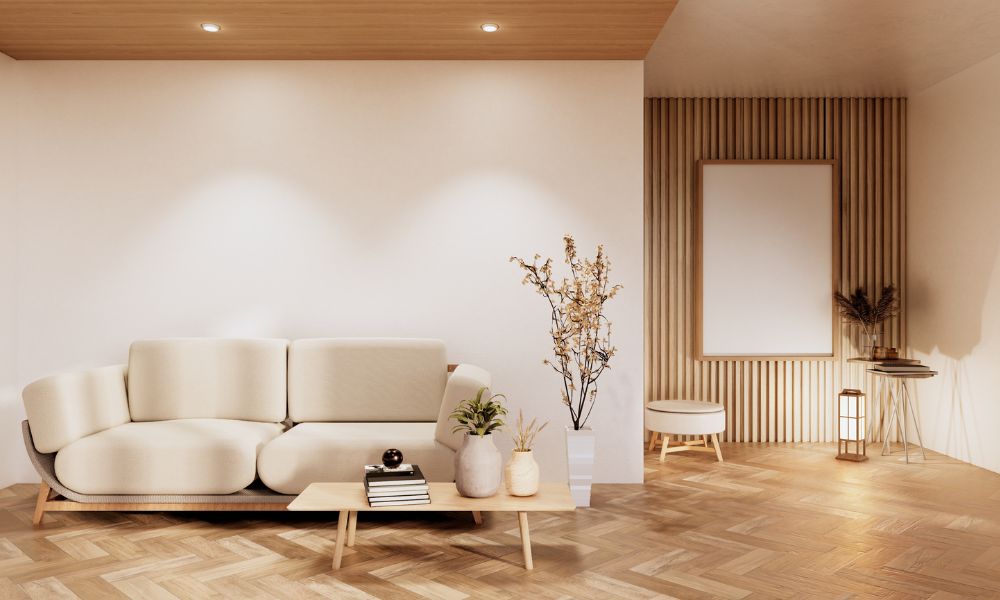Modern rustic living room furniture is a blend of contemporary and traditional elements that create a warm, inviting, and stylish atmosphere in the home. This style celebrates the charm of natural materials, simple yet sophisticated design, and a sense of spaciousness and comfort. Ideal for those who admire both the new and the old, modern rustic furniture can turn any living room into a serene retreat that’s both functional and aesthetically pleasing.
Design Principles of Modern Rustic Furniture
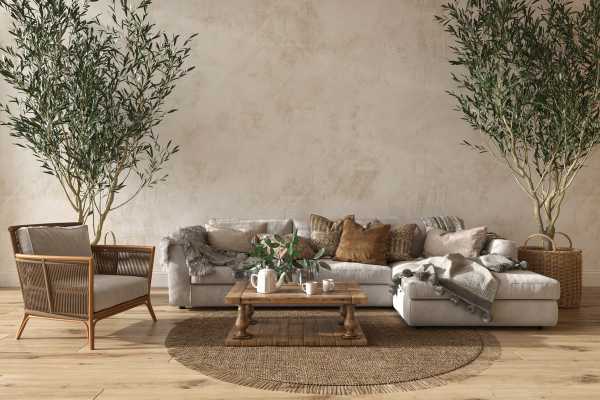
The design principles of modern rustic furniture focus on combining the raw, earthy elements of the rustic aesthetic with the sleek lines and minimalist approach of modern design. Key elements include the use of clean lines, neutral color palettes, and functional design that maintains an organic feel. Furnitures pieces are often made from natural materials like wood, stone, and metals, which are left relatively unadorned to showcase their natural beauty. The overall goal is to create a space that feels both grounded and airy, bridging the gap between outdoor naturalism and indoor modernism.
Types of Modern Rustic Furniture
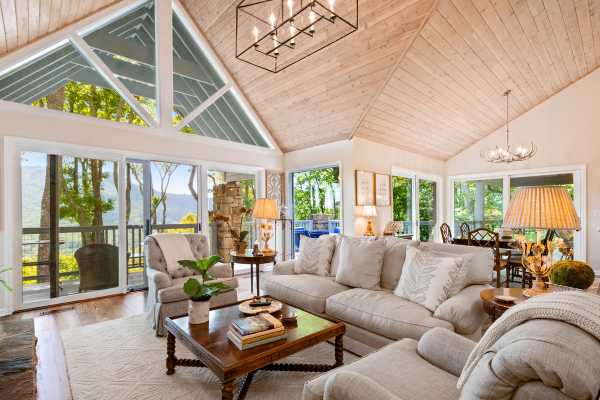
Furnishing a living room with a modern rustic theme, several types of furniture pieces are essential. Sofas and sectionals covered in natural fabrics such as linen or soft leather provide comfortable seating. Coffee tables, often made from reclaimed wood or incorporating metal elements, act as a focal point and offer a practical, stylish surface. Accent pieces like wooden bookshelves, rustic benches, and leather armchairs add character and functionality. Each piece typically features simple, clean lines that complement the overall theme without overwhelming the space.
Material Choices for Rustic Furniture
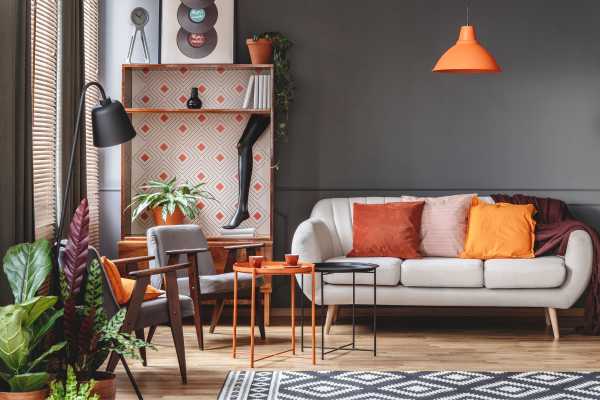
The choice of materials is crucial in defining the modern rustic style. Wood is the most commonly used material, with preferences often leaning towards reclaimed or distressed wood to give an authentic, lived-in feel. Metals such as iron and bronze are used for frames and accents, adding a touch of industrial flair. For upholstery, natural fabrics like cotton, wool, and leather are preferred for their durability and ease of maintenance. These materials not only contribute to the aesthetic but are also chosen for their sustainability and ability to age gracefully within the living space.
Choosing the Right Furniture for Your Space
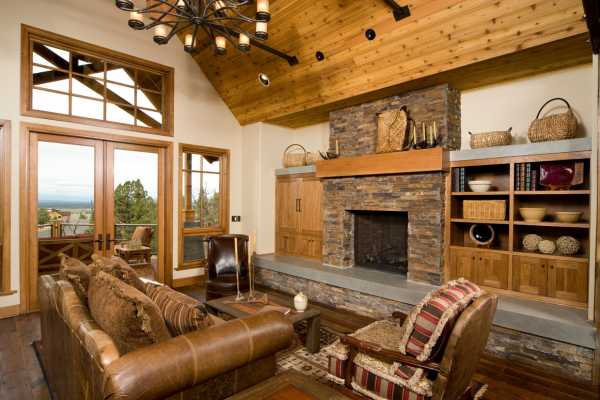
Selecting the right pieces for a modern rustic living room hinges on understanding the dimensions and flow of your space. For smaller rooms, choose lighter pieces that don’t overpower the area, such as a sleek wooden coffee table or a slim, metal-framed sofa. In larger spaces, you can afford to go bolder with substantial wooden bookcases or a robust sectional. Balancing the scale of furniture with room size enhances the natural flow, making the room feel neither cramped nor sparse. Key to this style is maintaining a balance that feels organic and unforced, utilizing pieces that invoke openness and comfort.
Decorating Tips for a Rustic Living Room
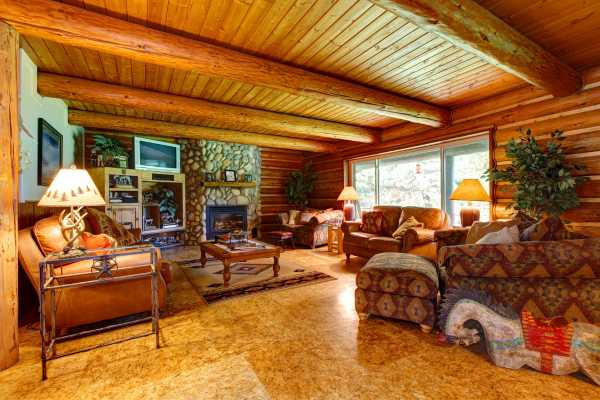
To enhance the rustic charm of your living room, incorporate elements that evoke a sense of the outdoors while maintaining a minimalist edge. Use soft, earthy tones for walls and floor coverings. Add texture with woven rugs, knitted throws, and plush cushions. Lighting should be warm and inviting; consider using overhead rustic chandeliers or simple wrought iron lamps. Decorative accents like wooden bowls, antler pieces, or pottery can also add a unique touch without cluttering the space. The key is to create a warm, welcoming atmosphere that blends functionality with rustic aesthetics.
Sustainability and Rustic Furniture
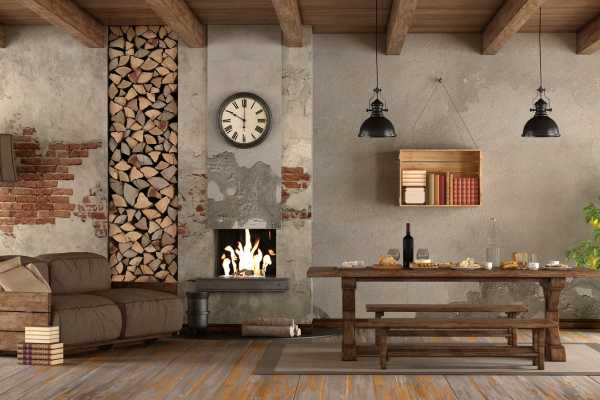
Sustainability is a cornerstone of modern rustic furniture, reflecting a commitment to eco-friendly practices and materials. Many rural pieces are made from reclaimed wood, which not only has a lower environmental impact but also adds character and history to your furnishings. Manufacturers often prioritize local sourcing and handcrafted production methods, reducing carbon footprints and supporting local economies. Additionally, the durability of rural furnitures means it often lasts longer than more modern, less robust pieces, reducing the need for frequent replacements and contributing to a cycle of sustainability.
Examples of Rustic Living Room Layouts
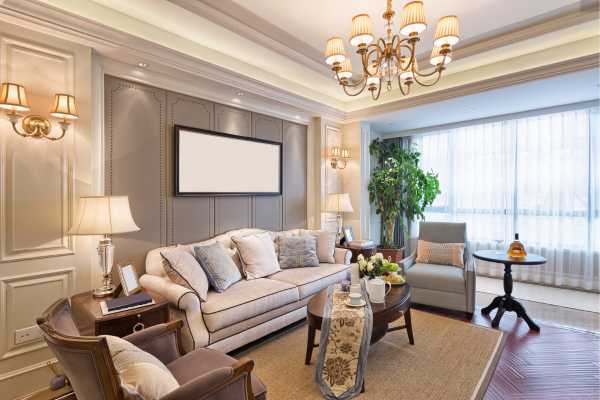
Planning the layout of a rural living room, consider the balance of function and form. For a cozy, intimate setting, arrange seating closely around a central coffee table. For family-friendly environments, consider an open layout with a sectional facing a fireplace or television, flanked by soft armchairs and a spacious ottoman. In expansive rooms, define different areas with rugs or furniture groupings — a reading nook with a chaise and floor lamp, or a game area with a small table and chairs. Each layout should aim to enhance the room’s natural architecture, maximizing light and views to outdoor spaces, which reinforces the rural feel.
Where to Buy Rustic Living Room Furniture
Finding the right sources for purchasing modern rural living room furniture involves exploring both local and online retailers. Locally, specialty boutiques and furnitures craftsmen offer unique pieces that might not be found elsewhere, providing a touch of authenticity and craftsmanship. Online, websites like Etsy, Wayfair, and Pottery Barn cater to a broad range of styles including rustic and modern mixes. Additionally, antique shops and flea markets can be treasure troves for one-of-a-kind items that add a true rural flair to your living room. When shopping, consider the origin and manufacturing processes to ensure that your choices are sustainable and of high quality.
DIY Projects for Rustic Furniture
Engaging in DIY projects for rustic furniture allows you to create custom pieces tailored to your specific preferences and dimensions. Simple projects might include constructing a coffee table from reclaimed wood planks or turning an old wooden door into a statement dining table. For seating, try upcycling old chairs with new upholstery in natural textures like linen or leather. DIY projects not only add a personal touch but also ensure that you are fully involved in the creation process, from selecting materials to applying the final finishes. These projects can be both fulfilling and a practical way to ensure your furnitures fits perfectly in your space.
Trends in Rustic Furniture Design
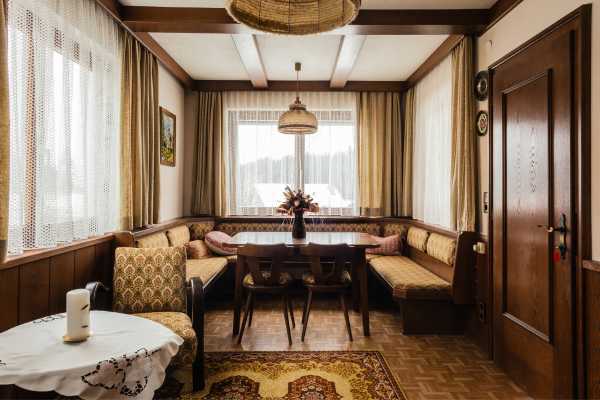
The trends in rustic furniture design continue to evolve, blending traditional elements with modern aesthetics. Recently, the incorporation of mixed materials has become popular, such as combining metal with wood for a contemporary yet earthy look. Minimalist designs that focus on simplicity and functionality without sacrificing the rural charm are also trending. Moreover, there’s a growing preference for modular furnitures that can adapt to different spaces and needs, reflecting a more dynamic approach to rustic style. Color trends are shifting towards earthy tones and muted palettes, complementing the natural materials typically used in rural furniture.
Common Mistakes in Choosing Rustic Furniture
One of the common mistakes in choosing rustic furniture is overlooking the scale and proportion of the pieces relative to the room size. Oversized furnitures can overwhelm a space, making it feel cramped and cluttered, while too-small pieces can seem insignificant and sparse. Another frequent error is not considering the color and texture balance; too much wood can make a room feel dark and heavy, so it’s important to mix materials and include lighter elements to maintain an airy feel. Lastly, neglecting the quality of materials and construction can lead to premature wear and tear, diminishing the aesthetic and functional value of the furniture.
Caring for Your Rustic Furniture
Maintaining rural living room furniture requires attention to the materials and finishes used in its construction. For wooden furnitures, regular dusting and occasional polishing with a suitable wood cleaner will help preserve its natural beauty and prevent drying out. Avoid placing rustic furniture in direct sunlight or near heat sources, as this can cause wood to warp or finishes to fade. For upholstered pieces, vacuuming or light brushing helps remove dust and maintain the fabric. Immediate attention to spills with appropriate cleaning agents will prevent stains. By properly caring for your rural furnitures, you can ensure it remains a cherished part of your home for years.
Impact of Furniture on Living Room Dynamics
The furniture in a living room significantly impacts its overall ambiance and functionality. Rustic furnitures, with its sturdy construction and comforting aesthetics, can make a living room feel more welcoming and warm. The arrangement of these pieces can facilitate better social interactions; for example, a well-placed rustic coffee table can become a focal point for gathering and conversation. Additionally, the choice of rural elements can complement the architectural features of the home, creating a cohesive design that enhances both the visual appeal and the usability of the living space.
Conclusion
Modern rural living room furniture beautifully melds the charm of rustic aesthetics with contemporary design, offering a cozy yet chic enhancement to any home. When choosing and arranging this type of furnitures, it is important to consider the scale, material quality, and overall design to ensure that it fits well within the space and complements other design elements. Proper care and thoughtful placement of furnitures pieces can transform a living room into a harmonious and inviting space. As this style continues to evolve, it offers endless opportunities to create a personalized and comfortable living environment. By embracing the principles outlined above, you can achieve a living room that is both functional and aesthetically pleasing, ensuring a welcoming atmosphere for all who enter.
